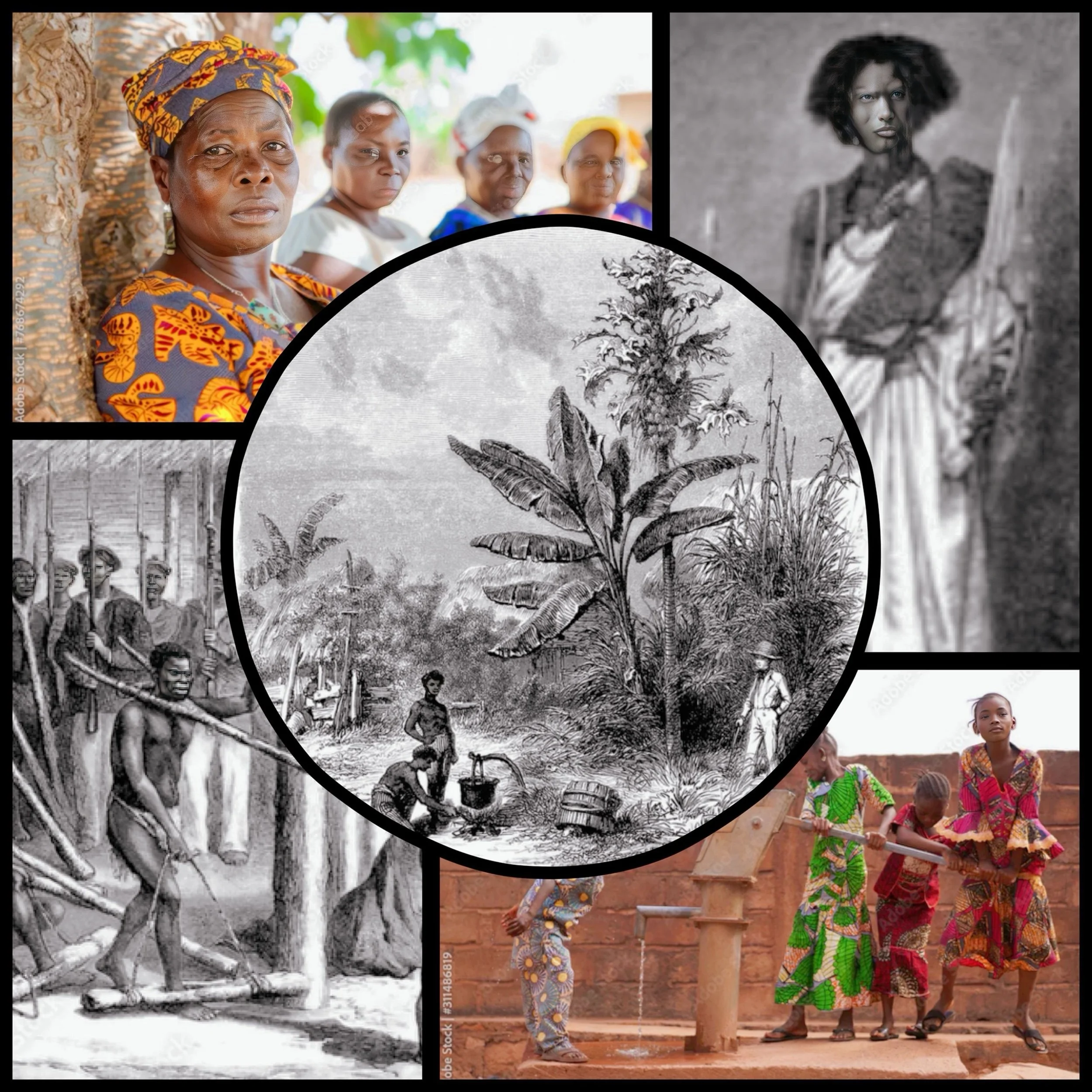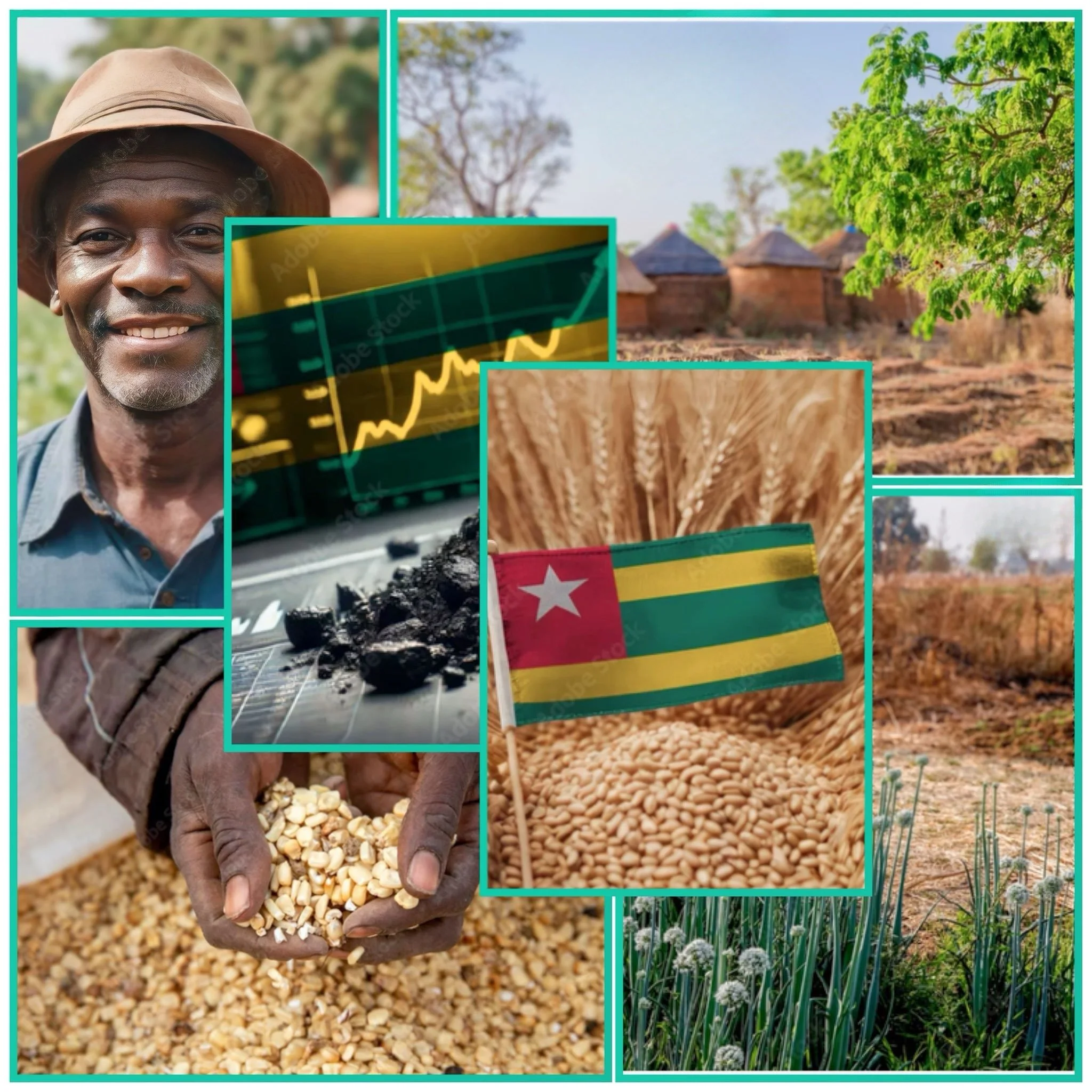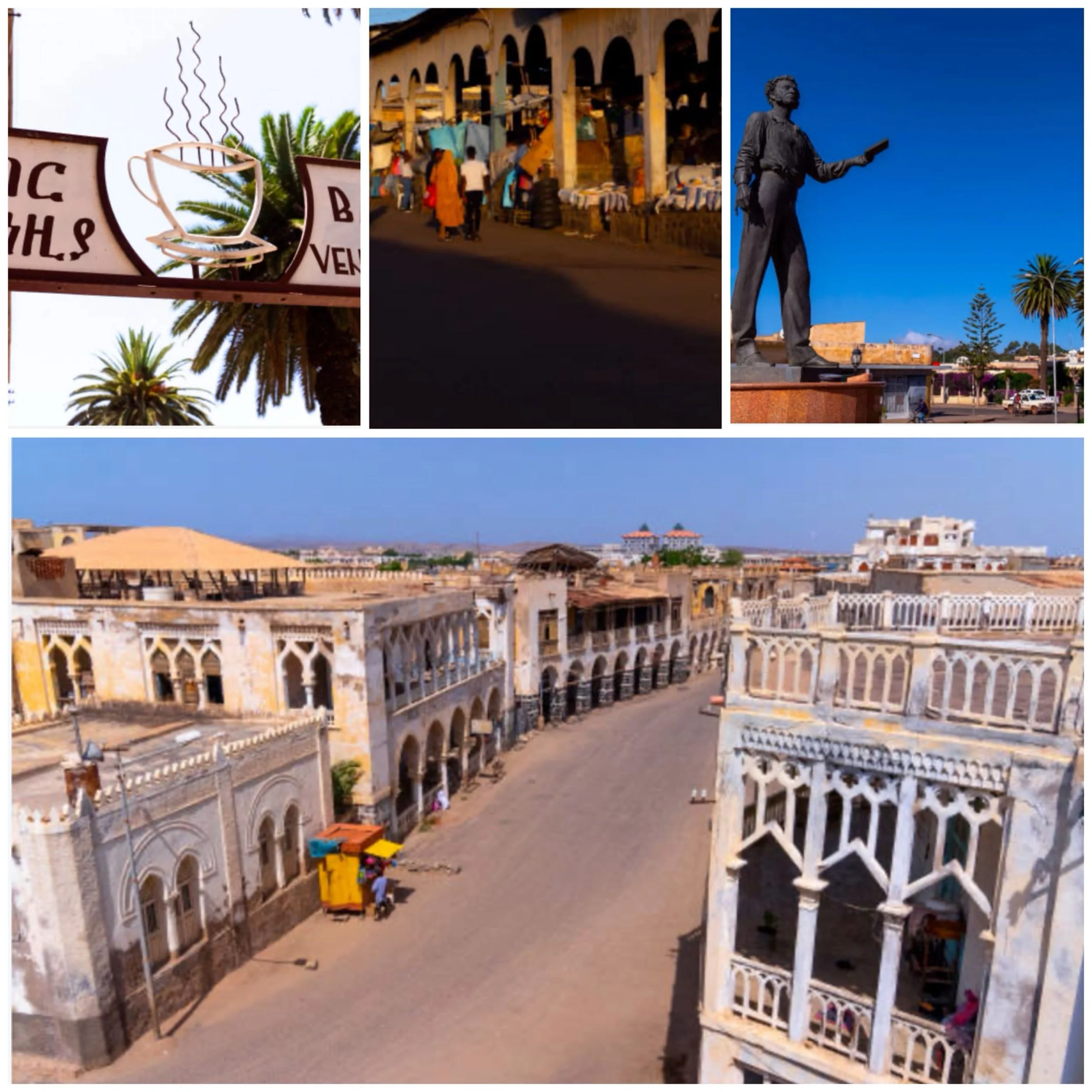The colonial togo and its current socio-economic and political climate?
Introduction
Togo was indeed a colonial country, with a complex history of European control before gaining independence. Here’s an overview of Togo’s history, socio-economic situation, demographics, and political structure:
Colonial History
Togo’s colonial history began in the late 19th century
In 1884, Germany established a protectorate over the coastal region, which later became the German colony of Togoland in 1905.
During World War I, British and French forces invaded Togoland in 1914.
After Germany’s defeat, Togoland was divided into British and French administrative zones in 1916.
In 1922, these zones became League of Nations mandates, with Britain administering western Togoland and France administering eastern Togoland.
Following World War II, the mandates became UN Trust Territories.
In 1956, British Togoland voted to join the Gold Coast, becoming part of Ghana upon its independence in 1957.
French Togoland gained independence as the Republic of Togo on April 27, 1960.
Socio-Economic Structure
Togo’s economy has shown resilience in recent years, but faces challenges:
GDP growth was estimated at 5.3% in 2019, driven by agriculture, extractive industries, and trade.
The tertiary sector is the main engine of growth, contributing 61.5% to GDP in 2019.
The informal sector accounts for about 90% of private sector jobs, mainly in trade.
Poverty remains a significant issue, with 33.1% of the population projected to live below the poverty line of $1.90 per day by 2043.
The country aims to improve its business climate and become a logistics hub in the sub-region through its National Development Plan (2018-2022).
Demographics
Togo has a young and growing population:
The estimated population in 2024 is 9,721,608, with a median age of 19.1 years.
The population growth rate is 2.17% as of 2025.
Life expectancy is 71.36 years (68.76 for males, 74.03 for females).
The fertility rate is 4.07 children per woman.
Urban population accounts for 44.2% of the total.
Political Structure
Togo is a presidential republic with the following characteristics:
The president is the head of state and is elected for five-year terms.
The prime minister is the head of government, appointed by the president.
The legislative branch consists of the National Assembly with 91 members elected for five-year terms.
The judicial branch includes a Supreme Court and a Court of Appeal.
The country is divided into five regions for administrative purposes.
Since independence, Togo has experienced periods of political instability:
Gnassingbé Eyadéma ruled from 1967 to 2005 through a military coup and subsequent elections.
His son, Faure Gnassingbé, has been president since 2005.
The ruling party, Union for the Republic (UNIR), holds a majority in the National Assembly.
Conclusion
Despite challenges, Togo has made efforts to improve its governance and economic situation in recent years, focusing on infrastructure development, agricultural modernization, and improving the business climate.






